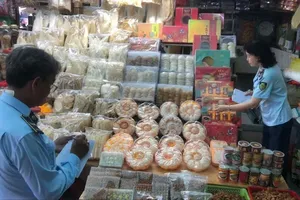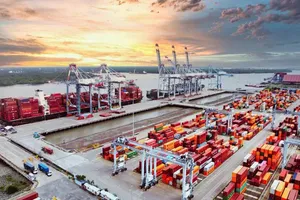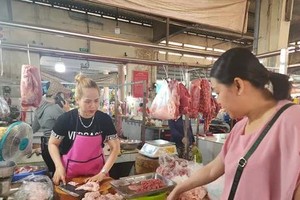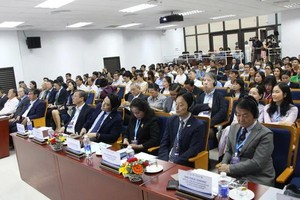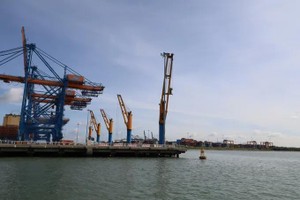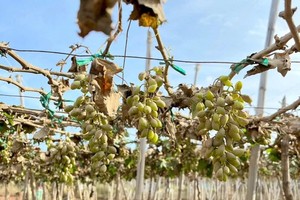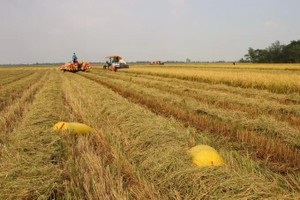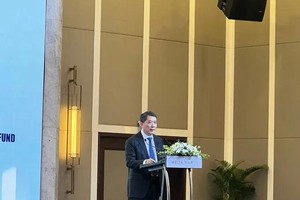Businesses are shifting production strategies and exploring alternative markets in an effort to cushion the impact from the country’s primary export destination—the US.
Severe impacts unfold
In 2025, Vietnam’s wood and forestry sector has been tasked with reaching an export target of over US$18 billion, up nearly $2 billion from the $16.25 billion achieved in 2024. Binh Duong Province, which accounts for roughly 50 percent of national wood export turnover, now faces mounting challenges.
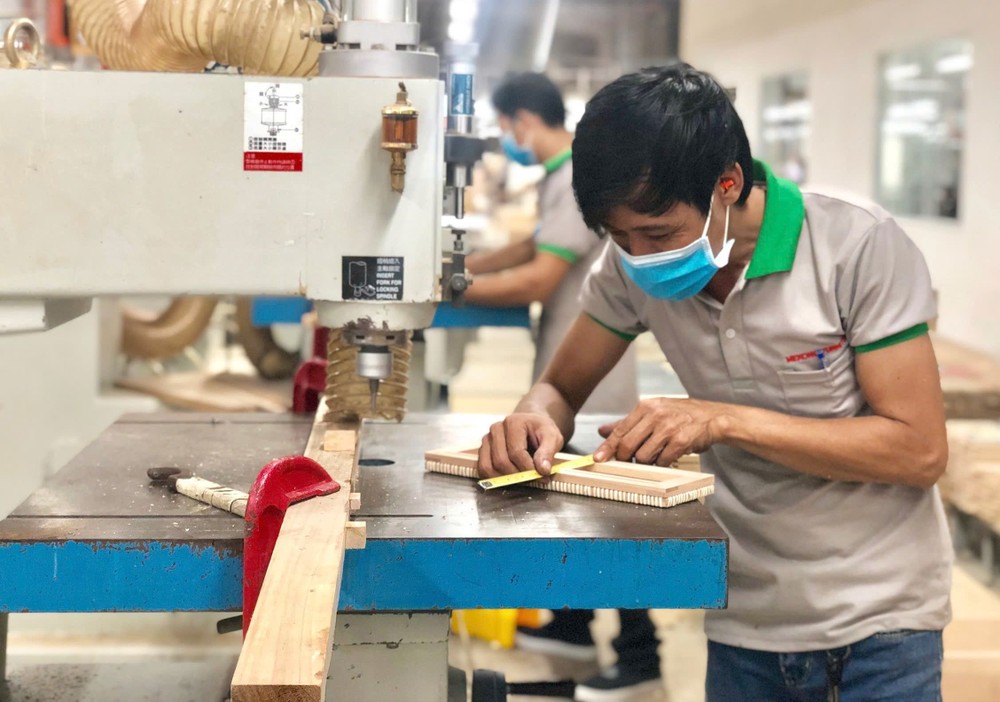
Just three days after the US announced plans to impose countervailing duties (between April 5 and April 8), Binh Duong saw 44 export declarations—worth more than $708 million—canceled, alongside 273 orders either withdrawn or suspended by American buyers, many of which were in the wood sector.
According to the Binh Duong Furniture Association (BIFA), Vietnam’s wood and wood product exports to the US totaled $9.1 billion in 2024, with Binh Duong contributing a significant portion. The tariff announcement triggered immediate and widespread anxiety among business owners, disrupting production cycles, market strategies, and competitiveness—ultimately throwing business plans into disarray.
Mr. Nguyen Liem, Chairman of BIFA, warned that Binh Duong exports over $6 billion in wood products to the US annually, and that a tariff rate beyond the 10 percent threshold could slash competitiveness by 30–40 percent.
In the neighboring province of Dong Nai, industry players are even more concerned. With the US signaling a tariff rate of 49 percent, companies are bracing for diminished competitiveness and surging costs, which are expected to drastically reduce orders. To adapt, many firms are optimizing processes, sourcing alternative materials, transitioning to smart manufacturing models, investing in technology, and pivoting to renewable wood products to reduce reliance on the US market.
Negotiating room for survival
In response to the US move to impose duties on goods from multiple countries, Vietnam has acted swiftly and pragmatically. During the current 90-day suspension period with a provisional 10 percent tariff, the Government is actively engaging in high-level negotiations.
Mr. Dien Quang Hiep, Director of Minh Phat Wood Co. in Thuan An City, Binh Duong Province, said businesses, especially in the wood industry, are placing hope in the Government's diplomatic efforts to either postpone implementation or reduce the tariff rate—allowing them more time to adjust and recover.
“Each business must adopt both short- and long-term solutions to maintain production and enhance competitiveness. Minh Phat has prepared for all scenarios and remains agile,” Mr. Dien Quang Hiep said.
At Lam Viet JSC in Tan Uyen City, which relies on the US for 50 percent of its revenue and has orders lined up through September 2025, efforts are underway to renegotiate with clients and partners to share the burden of risk.
Mr. Bui Minh Tri, Vice Chairman of the Binh Duong People’s Committee, noted that a key issue lies in the trade balance. Vietnam primarily imports high-tech products from the US but exports labor-intensive goods in return. In light of these vulnerabilities, provincial leaders have called on businesses to stabilize their workforce and promptly report difficulties so that task forces from relevant departments can provide timely support.
To ease pressure, the province also plans to suspend routine inspections and audits of businesses through June, creating space for production stability.
Although the US is not a major export market for Ba Ria – Vung Tau Province, local authorities are still working closely with relevant agencies to develop optimal solutions for companies holding export contracts with American partners.
Firms like China Steel & Nippon Steel Vietnam have already begun redirecting exports to markets such as Mexico, India, and Southeast Asia. Other industries, including leather a footwear and seafood, are following suit. Meanwhile, smaller handicraft producers are scaling back operations while awaiting clarity on the tariff negotiations.




